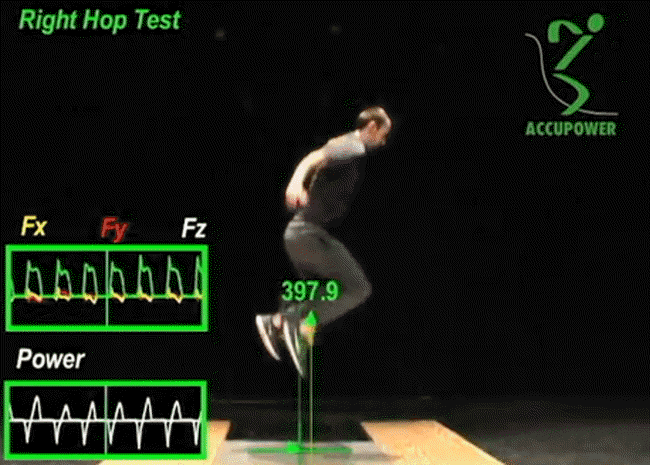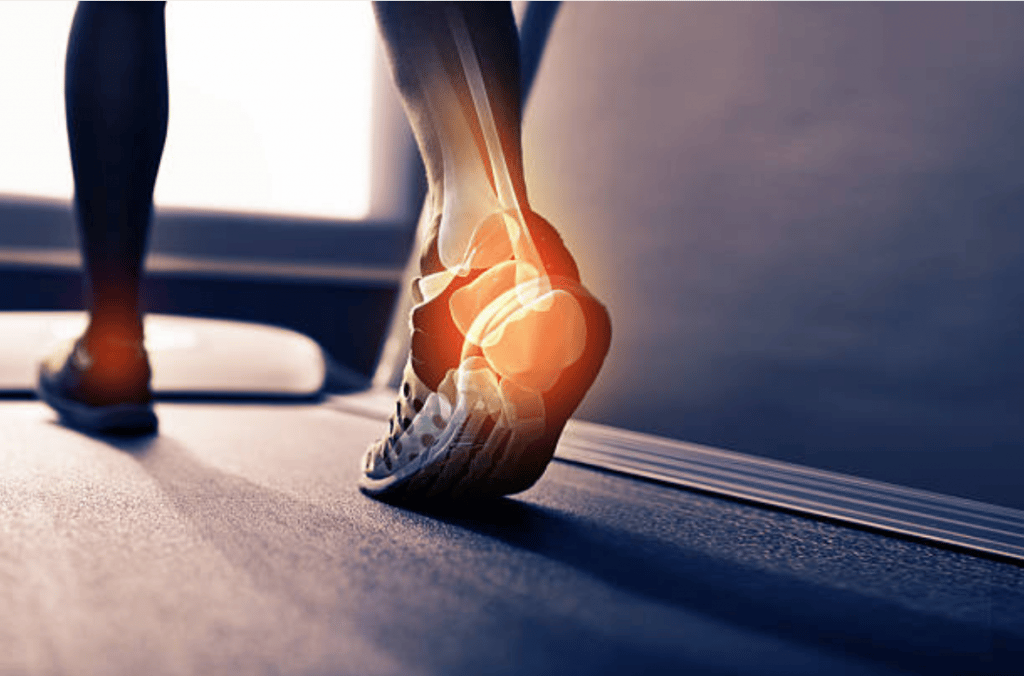Universities today face a growing challenge – to develop relevant, cost-effective learning environments that transition into career opportunities for their graduates. In meeting this challenge, a number of US universities have collaborated with Dartfish to bring video analysis into their labs and classrooms. Video is being used to bring understanding of the scientific principles of human movement to life and to gather data which would otherwise be difficult to obtain or require a far higher investment in technology.

This work has yielded some interesting applications, great research and positive feedback for the role of Dartfish, all of which we have now brought to you in a white paper.
It makes interesting reading if you operate in a university setting in the fields of biomechanics, sports medicine, gait analysis, physical therapies or physical education. The paper focuses on applied uses of Dartfish and the research resulting from them. Below you’ll find some summaries in the words of the scientists and educators using the tools or you may prefer to skip the appetiser and go straight to the full white paper
“In the classroom I use it to present real-life movement concepts to my students. It is my primary tool for demonstrating digital video capture and analysis concepts. It provides a way for me to show my students actual examples of sport skill analysis, projectile motion, vector resolution, and to highlight subtle differences in movement performance. Dartfish has provided me with a tool that brings alive many key biomechanical principles of movement that are so hard to fully understand and appreciate, when presented in standard classroom settings.” – Dr. Jeff Bauer, SUNY Cortland.
“The Sports Biomechanics Laboratory at Auburn is an applied lab that consults with athletes at the university, as well as from the general community. We analyze movement and help people improve their performance. We also work sport camps in the summer, using Dartfish to help campers get more out of their camp experience.
“I also use Dartfish to supplement my teaching in KINE 7400/7410 Advanced Anatomical Principles and the associated lab. And I use it in KINE 7620, Principles of Biomechanics. We cover the gamut with use of Dartfish. In my Dartfish classes we use Team Pro software. I also encourage my students to use the Dartfish Express app. And for all of these courses, we use dartfish.tv.
“Adding to this, Auburn has been named the training site of the men’s and women’s USA Team Handball and we use Dartfish with them A LOT.” – Dr. Wendi Weimar, Auburn University.“How well we move reflects how well we manage our day-to-day activities or how we can perform from an athletic perspective. In health science, we look at human movement as being a biological marker to health.”
“Using their cell phone cameras, students can take videos of people engaging in large, dynamic movements such as swinging a baseball bat or a tennis racket, or punting a football. Students can compare a novice and an expert. They can look at differences in technique by comparing angles and postures. Students analyze the videos, watching for indicators such as a weakness in a muscle group. We can see impairments in technique and connect that to exercise to help correct the faulty movement. On a larger scale, it’s what we would instruct for physical therapy students. This is a fresh approach; students can have access on their personal laptops, which takes the learning opportunity out of the classroom. I am pleased by our students’ acceptance of it. We are using equipment at the undergraduate level that is usually utilized only at the graduate level.” – Professor Joseph Kelly, Bradley University.

Comments are closed.